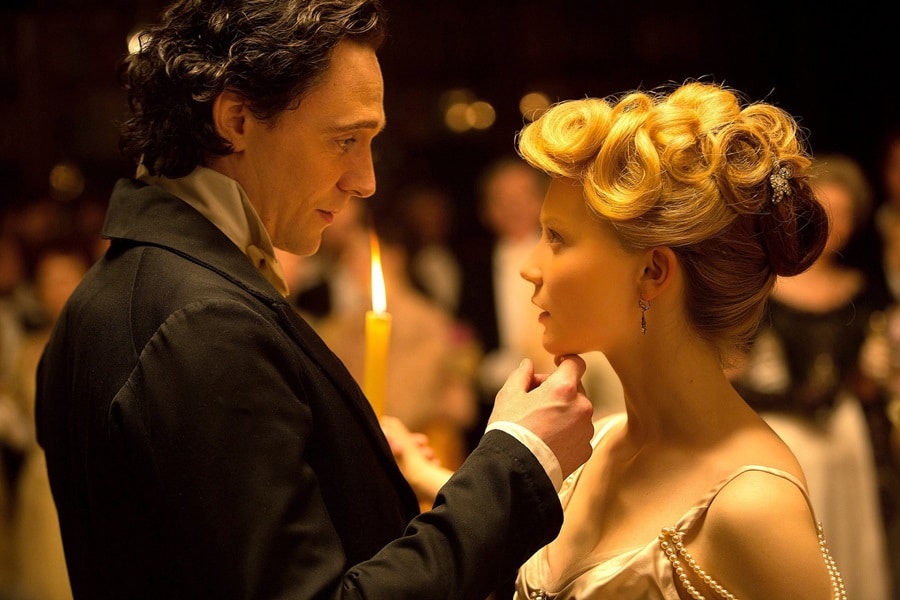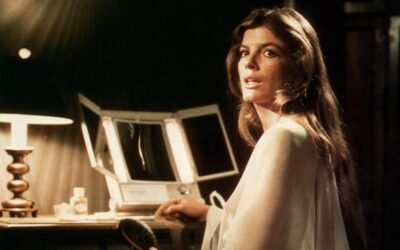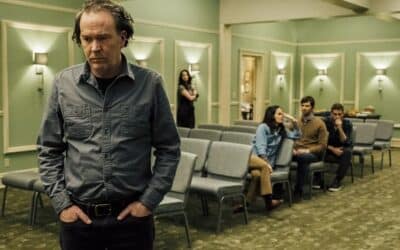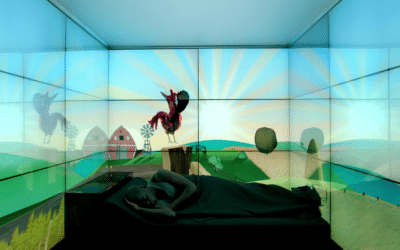
Horrormance
The genre of horrormance, a fascinating amalgamation of horror and romance, captivates audiences with its unique blend of terror and tenderness. This genre defies conventional boundaries, merging the thrills and chills of horror with the emotional depth and connection of romance. It’s a daring dance between the macabre and the amorous, where love stories unfold in the shadow of fear.
One of the earliest and most iconic examples of horrormance is Bram Stoker’s “Dracula.” This classic novel intertwines the horror of vampirism with a complex love story. The titular character, Count Dracula, exudes a dark charisma that is both terrifying and alluring, drawing his victims into a perilous romance. The novel’s exploration of forbidden love and eternal desire set the stage for future horrormance narratives.
Stephen King, a maestro of horror, also dabbled in horrormance with “Carrie.” While primarily a horror story, it features elements of teenage romance and the heartache that comes with it. Carrie’s telekinetic powers and tragic love story create a unique blend of horror and heartbreak, illustrating the genre’s ability to explore the darker aspects of love and relationships.
In cinema, “Crimson Peak” by Guillermo del Toro stands out as a sterling example of horrormance. This gothic romance film combines ghostly hauntings with a twisted love story set in a decrepit mansion. The movie’s visual splendor and emotional depth showcase the horrormance genre’s ability to create a rich, atmospheric setting where love and terror coexist.
The “Twilight” series, both in its literary and cinematic forms, brought horrormance to the forefront of popular culture. The saga of Bella and Edward’s love, fraught with the dangers and complexities of vampire lore, captured the hearts of millions. The series’ blend of romantic longing and supernatural elements exemplifies the genre’s appeal to a wide audience.
Another notable mention is the television series “Buffy the Vampire Slayer,” which masterfully combines horror elements with romantic plotlines. The tumultuous relationship between Buffy and Angel, a vampire with a soul, presents a compelling narrative of love amidst the horrors of battling supernatural forces. The series illustrates horrormance’s ability to weave intricate relationships into a horror-filled world.
Anne Rice’s “The Vampire Chronicles” also ventures into horrormance territory. The vampires in her novels are not only terrifying predators but also complex characters capable of deep, often tragic, love. The series delves into themes of immortality, loss, and the eternal search for companionship, set against a backdrop of gothic horror.
“The Shape of Water,” another Guillermo del Toro masterpiece, blurs the lines between horror and romance. The film tells the story of a mute woman who forms a unique bond with an amphibious creature held captive in a high-security lab. This unconventional love story, set against a backdrop of Cold War-era tension and scientific experimentation, highlights the genre’s capacity for originality and emotional resonance.
Horrormance is not just about adding a romantic subplot to a horror story or vice versa; it’s about creating a narrative where horror and romance are inextricably linked, each amplifying the other. The genre explores the idea that there’s a thin line between love and fear, passion and obsession, attraction and danger. It challenges audiences to reconsider their perceptions of both horror and romance, finding beauty in the dark and terror in love.
This genre’s appeal lies in its ability to tap into the primal emotions of fear and love, often considered the most potent of human feelings. Horror magnifies the stakes in a romantic relationship, while romance adds a layer of complexity and empathy to horror. The combination creates a potent cocktail of emotional intensity that keeps audiences riveted.
In conclusion, horrormance is a genre that boldly traverses the emotional spectrum, offering tales where the heart’s desires meet the darkest corners of the mind. From Gothic tales of vampire love to modern narratives of forbidden romance amidst supernatural peril, horrormance continues to evolve, captivating audiences with its unique ability to meld the macabre with the amorous.
More Horror Features
1970s Horror
The 1970s may be gone, but the fear they inspired remains
Horror Through the Ages
A Journey Through Time and Terror
Technology in Horror
When gadgets become nightmares



